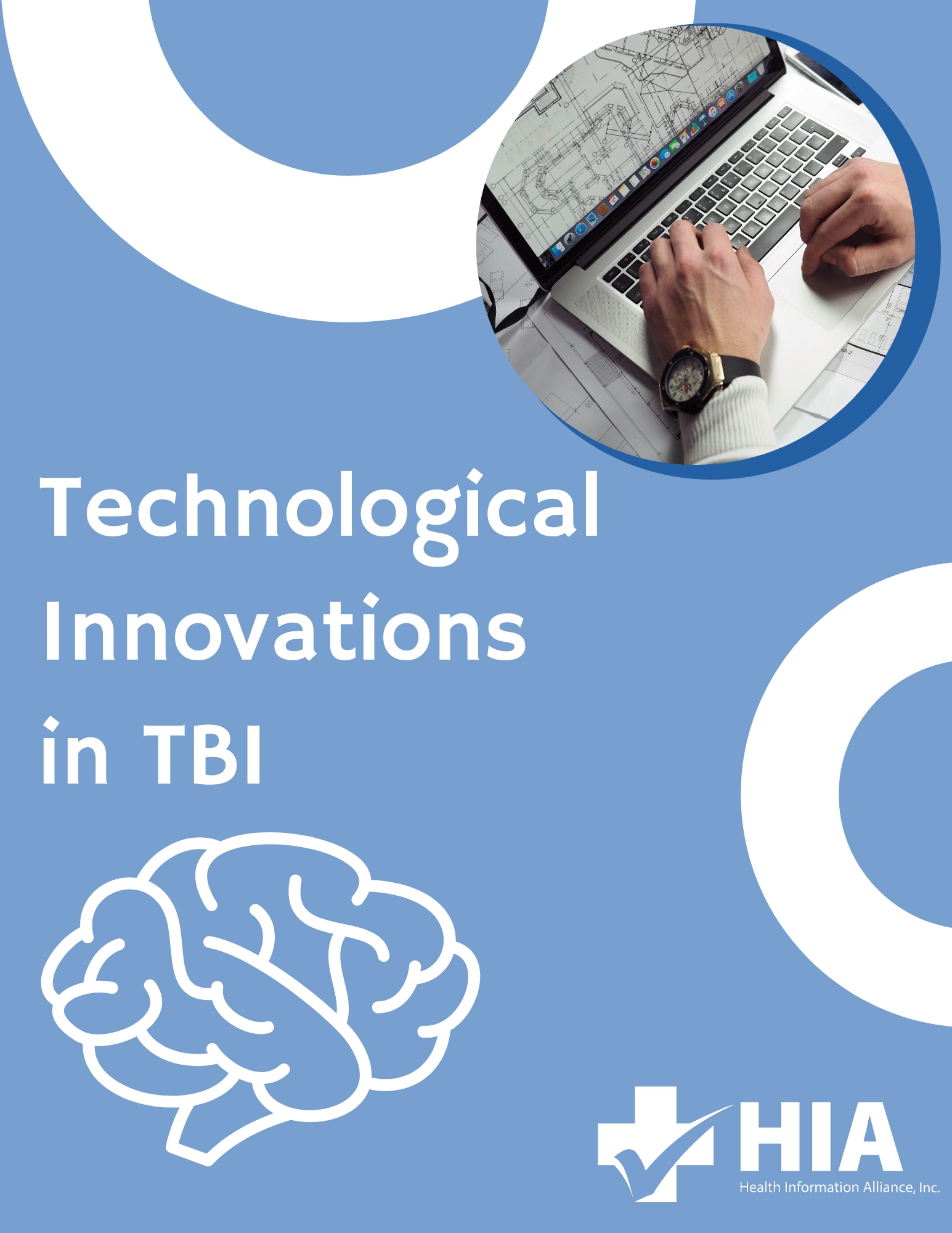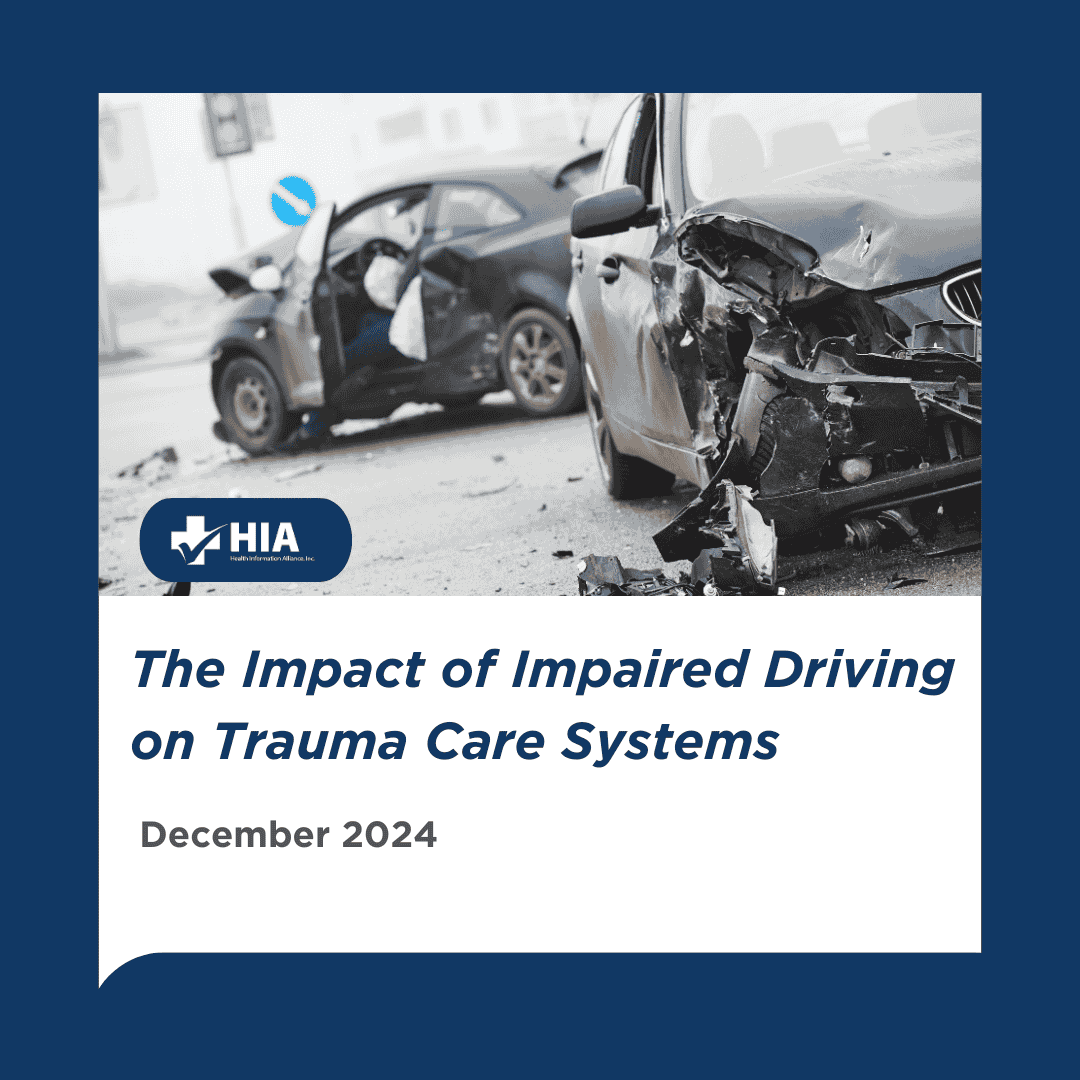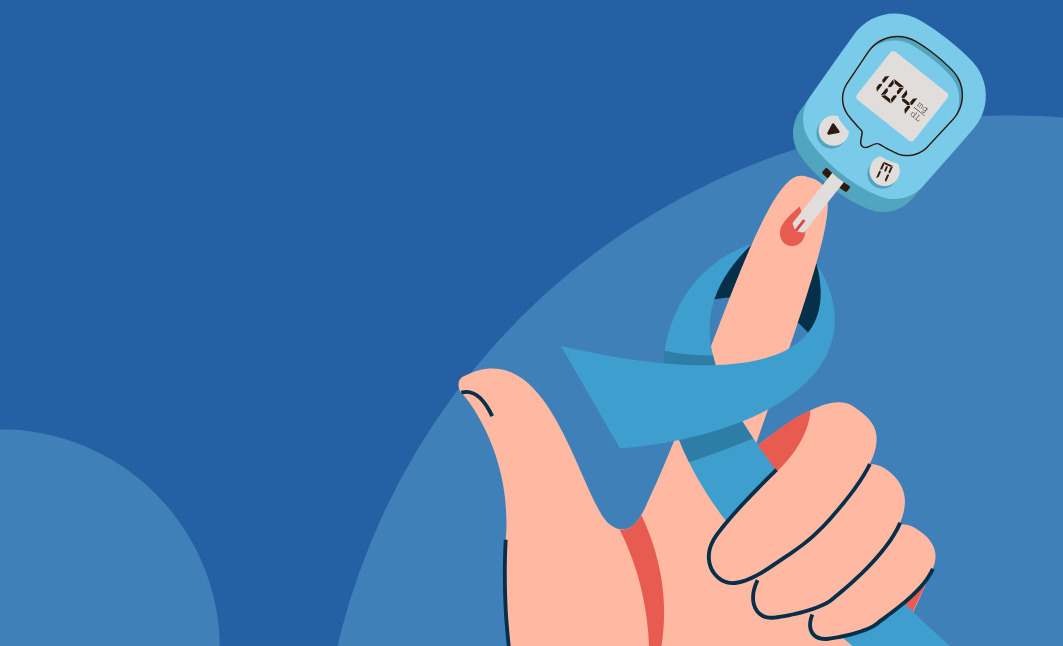Traumatic Brain Injury
Technological Innovations in TBI Diagnosis and Monitoring
Traumatic Brain Injury (TBI) is a significant public health concern, with a wide range of potential consequences for individuals, ranging from mild concussions to severe, life-altering injuries. Traditionally, diagnosing and monitoring TBI has posed significant challenges due to the complexity of the brain, the diversity of injury types, and the subtlety of symptoms, especially in mild TBI (mTBI). However, recent advancements in technology, particularly in machine learning and neuroimaging, are paving the way for more accurate and efficient diagnosis and monitoring of TBI. These innovations improve the ability to detect TBI, assess its severity, and track recovery, offering hope for better patient outcomes.
Machine Learning and Predictive Modeling
One of the most promising areas of technological innovation in TBI diagnosis and monitoring is the application of machine learning (ML) algorithms. Machine learning, a branch of artificial intelligence (AI), allows systems to learn from data and make predictions or decisions based on patterns within the data. In the context of TBI, ML algorithms can analyze large datasets, such as patient medical histories, clinical symptoms, neuroimaging results, and even genetic information, to identify patterns and predict outcomes more accurately than traditional methods.
Moreover, ML can assist in identifying individuals at higher risk of developing long-term conditions like chronic traumatic encephalopathy (CTE), a neurodegenerative disease linked to repeated TBIs. By analyzing longitudinal data, ML models are helping researchers understand which factors—such as the frequency of concussions, genetic predisposition, or other health conditions—may contribute to the onset of CTE. These models may eventually lead to personalized treatment plans and improved preventative measures.
Neuroimaging Technologies
Neuroimaging plays a crucial role in diagnosing and monitoring TBI. Traditional neuroimaging techniques, such as CT scans and MRIs, are often used to identify visible brain damage, such as bleeding, swelling, or structural abnormalities. However, these techniques can miss more subtle forms of brain injury, particularly in cases of mild TBI, where no visible damage is present despite the presence of symptoms.
Recent advancements in neuroimaging technology have greatly improved the ability to detect and monitor TBI. Functional MRI (fMRI) and Diffusion Tensor Imaging (DTI) are two techniques that have gained attention due to their potential to reveal more subtle functional changes in the brain following TBI. fMRI can assess brain activity and detect abnormalities in neural networks, which may help identify TBI-related cognitive and motor function disruptions. DTI, however, is particularly useful for detecting microstructural changes in white matter, which are often implicated in TBI but may not be visible on standard MRI or CT scans.
One of the most promising neuroimaging techniques in TBI is magnetic resonance spectroscopy (MRS), which can measure the levels of specific metabolites in the brain. Changes in these metabolites can indicate brain injury and provide insight into the biochemical processes underlying TBI. MRS may also help monitor the progression of injury and recovery, allowing clinicians to adjust treatment plans accordingly.
The development of portable imaging devices can revolutionize the diagnosis and monitoring of TBI. Wearable brain imaging systems, such as near-infrared spectroscopy (NIRS), are becoming increasingly sophisticated, enabling clinicians to assess brain function outside traditional hospital settings. These portable devices could be especially useful in sports or military settings, where rapid diagnosis and monitoring of concussions or mild TBIs are critical for preventing further injury.
Integration of Technologies for Enhanced Diagnosis and Monitoring
One of the most exciting aspects of these technological advancements is the potential for integrating machine learning and neuroimaging to create more comprehensive diagnostic and monitoring tools. For example, ML algorithms could be combined with data from advanced neuroimaging techniques to improve diagnostic accuracy. A machine learning model that incorporates fMRI or DTI data could analyze subtle brain changes and provide a more accurate diagnosis of TBI severity, even in cases where traditional imaging techniques fail to detect injury.
Advancements in machine learning, neuroimaging, and wearable technology are transforming the landscape of TBI diagnosis and monitoring. Machine learning models are improving diagnostic accuracy, particularly for mild TBI, by analyzing complex datasets and identifying patterns that might otherwise go unnoticed. Neuroimaging techniques, such as fMRI, DTI, and MRS, provide deeper insight into the functional and structural changes that occur in the brain following injury. Together, these innovations offer the potential for more accurate, personalized, and timely diagnosis and treatment of TBI, ultimately improving patient outcomes and advancing our understanding of brain injury. As these technologies continue to evolve, the future of TBI care looks increasingly promising.
References
Rabinowitz, A. R., & Levin, H. S. (2015). Cognitive sequelae of traumatic brain injury. Psychiatric Clinics of North America, 38(1), 41-54. https://doi.org/10.1016/j.psc.2014.10.003
Tong, E. T., Newcombe, V. F. J., & Majoie, C. B. L. M. (2020). Functional MRI of mild traumatic brain injury: What the clinicians should know. Neuroimaging Clinics of North America, 30(1), 43-56. https://doi.org/10.1016/j.nic.2019.09.001
Beauchamp, M. H., & McCauley, S. R. (2019). Diffusion tensor imaging and its role in traumatic brain injury. Brain Imaging and Behavior, 13(2), 213-222. https://doi.org/10.1007/s11682-018-9879-x
Caviness, J. N., & Mayer, A. R. (2020). MRI spectroscopy in traumatic brain injury: A potential tool for monitoring neurochemical changes in TBI. Neurotherapeutics, 17(4), 1567-1574. https://doi.org/10.1007/s13311-020-00868-6
Bardutzky, J., & Hartwig, A. C. (2019). Machine learning and neuroimaging in traumatic brain injury: The role of artificial intelligence in predicting recovery. NeuroImage: Clinical, 23, 101827. https://doi.org/10.1016/j.nicl.2019.101827






